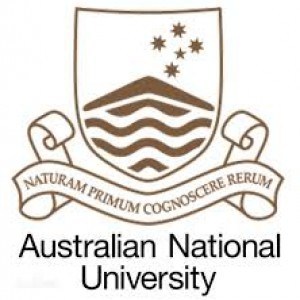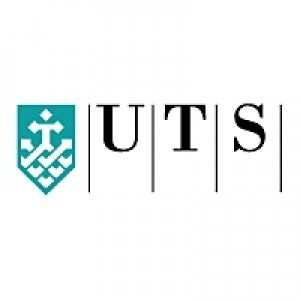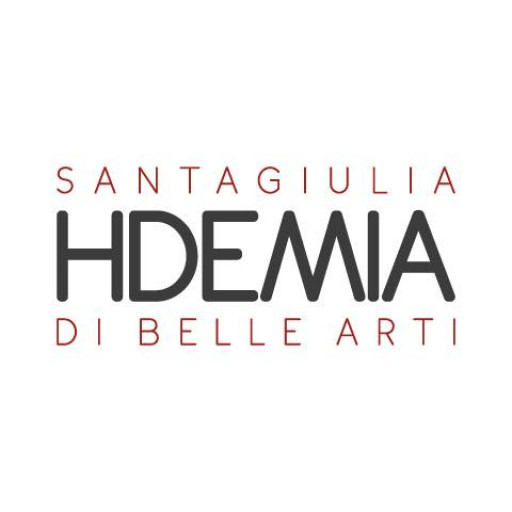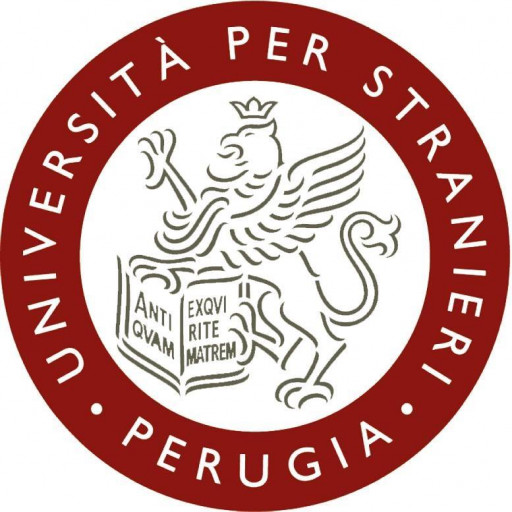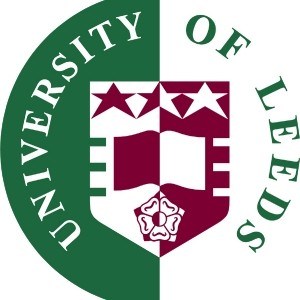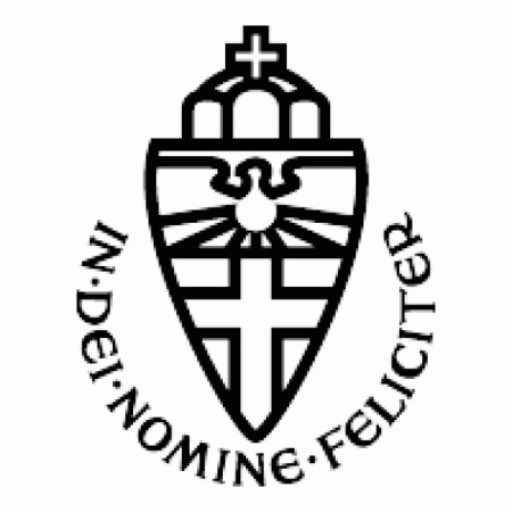Photos of university / #ouranu
The Bachelor of Visual Arts at the Australian National University offers students a comprehensive and immersive exploration of contemporary and traditional artistic practices. Designed to develop both technical skills and theoretical understanding, this undergraduate program provides a dynamic environment for creative experimentation and critical inquiry. Students have the opportunity to engage with a wide range of media, including painting, sculpture, digital media, installation, and performance art, enabling them to craft a versatile and adaptable artistic practice. The curriculum emphasizes individual creativity while fostering an understanding of the historical, cultural, and social contexts that influence art today. Throughout the program, students are encouraged to develop their unique artistic voice, supported by mentorship from leading artists and academics. The Australian National University’s vibrant campus offers access to excellent facilities, including dedicated studios, workshops, galleries, and digital labs, ensuring students have the resources needed to bring their ideas to life. In addition to studio practice, the program incorporates critical theory, art history, and professional development modules aimed at preparing graduates for diverse careers in the arts sector. Graduates of this program are well-equipped to pursue careers as professional artists, curators, arts administrators, educators, and practitioners in related cultural industries. The program also encourages participation in exhibitions, collaborations, and community projects, fostering real-world experience and professional networks. With a curriculum designed to suit emerging trends and opportunities within the art world, the Bachelor of Visual Arts at ANU serves as a launchpad for creative innovation and meaningful artistic contribution.
The Bachelor of Visual Arts at the Australian National University is a comprehensive and dynamic program designed to foster creativity, critical thinking, and technical skills in aspiring artists and scholars. This degree offers students a unique opportunity to explore a wide range of artistic disciplines, including painting, sculpture, printmaking, drawing, video, installation, and new media. The curriculum emphasizes both practical studio skills and theoretical understanding of art history, critique, and contemporary art practices, providing a balanced education that prepares students for diverse careers within the arts sector.
Throughout the course, students engage in rigorous studio-based learning, where they develop their individual artistic voices under the guidance of experienced faculty members. They are encouraged to experiment with various materials and techniques, pushing the boundaries of conventional art forms and exploring innovative approaches. Alongside studio practice, the program offers in-depth theoretical modules that examine the cultural, social, and political contexts of visual arts. This dual focus ensures that graduates not only possess strong technical competencies but also possess the analytical skills necessary to critique their own work and understand the broader implications of art in society.
The program is structured to support students’ development through collaborative projects, exhibitions, and opportunities to engage with visiting artists, curators, and industry professionals. Students are also encouraged to participate in internships and community engagement initiatives, which provide practical experience and help build professional networks. The university’s extensive resources, including state-of-the-art studios, workshops, and digital facilities, enable students to experiment freely and refine their craft.
Graduates of the Bachelor of Visual Arts are well-equipped to pursue careers in various fields, including fine arts, gallery and museum work, art education, arts administration, and digital media. Many alumni have gone on to exhibit their work nationally and internationally, undertake postgraduate studies, or start their own studios and art practices. The program is committed to nurturing innovative, socially conscious artists who can contribute meaningfully to the cultural landscape.
In addition to developing artistic skills, students benefit from the university’s emphasis on critical thinking, research, and professional development. The interdisciplinary environment encourages exploration beyond traditional art boundaries, fostering versatility and adaptability in a rapidly changing artistic environment. Upon successful completion of the program, students receive a Bachelor of Visual Arts degree, opening doors to further education or immediate entry into the creative industries. The Australian National University’s program aims to cultivate the next generation of influential artists and thinkers shaping the future of visual culture.
A Bachelor degree or international equivalent with a minimum GPA of 5/7 and Productive assessment of a portfolio of works plus meet the University's English Language Entry Requirements
The Australian National University offers comprehensive financing options for students pursuing a degree in Visual Arts. Prospective students are encouraged to explore various funding opportunities to assist with tuition fees, living expenses, and other study-related costs. The university provides a range of scholarships, bursaries, and grants, some of which are specifically targeted toward students in creative disciplines. These scholarships are awarded based on academic merit, financial need, or a combination of both, and can significantly reduce the financial burden associated with university study.
Additionally, ANU participates in federal and state government support schemes, including Austudy, ABSTUDY, and Youth Allowance, which provide income support for students undertaking full-time study. International students are advised to explore scholarships and financial aid options available through government programs and private organizations, as well as any specific scholarships offered by the university for international applicants.
Students may also consider various external funding sources such as industry-sponsored awards, foundation grants, and sponsorships related to arts and culture. The university's financial aid office offers detailed advice on planning finances, understanding tuition fee structures, and accessing available support services throughout their studies. ANU's flexible payment plans allow students to manage tuition payments more effectively, easing financial stress during coursework.
In the context of postgraduate study, financial support might include research fellowships, teaching assistantships, and project-specific grants aimed at supporting research initiatives in the visual arts sector. Some programs may also offer internship opportunities which, alongside practical experience, can sometimes include stipends or payment.
Students are advised to regularly check the university's official website for updated information regarding scholarships, financial aid programs, and application deadlines. Planning finances early and exploring all available options can help students focus on their academic and creative pursuits in visual arts without undue financial concern. Overall, ANU is committed to supporting its students financially so they can fully engage with their studies and achieve their artistic and academic potential.
The Bachelor of Visual Arts at the Australian National University offers students an opportunity to develop their artistic practice across a broad range of media and disciplines. The program is designed to foster innovative thinking, technical proficiency, and critical engagement with contemporary art practices. Students engage in practical studio work, complemented by theoretical studies that explore the history, culture, and theory of visual arts. This interdisciplinary approach encourages students to experiment with different mediums, including painting, sculpture, installation, digital media, and performance art, enabling them to find their unique artistic voice.
The curriculum integrates hands-on studio experiences with contextual understanding, enabling students to critically analyze their work within historical, cultural, and social frameworks. Throughout the program, students benefit from access to state-of-the-art studios, workshops, and digital facilities, supporting their development as emerging artists and scholars. The program’s trainers and staff are accomplished artists and academics actively engaged in the arts community, providing mentorship and industry connections.
The program emphasizes a flexible learning environment, allowing students to tailor their coursework to their interests and career goals. Engagement with local arts communities, galleries, and exhibitions is encouraged through internships, project work, and collaborative projects, providing valuable real-world experience. The Bachelor of Visual Arts prepares graduates for careers as professional artists, curators, arts administrators, or further study in postgraduate programs. It also promotes critical thinking, visual literacy, and problem-solving skills valuable in various fields beyond the arts.
The program typically spans three years of full-time study, with opportunities for part-time study and electives that can complement artistic pursuits or academic interests. Graduates emerge with a comprehensive portfolio of work, a deep understanding of contemporary art issues, and the skills necessary to succeed in the dynamic arts sector. The university’s location in Canberra provides students with access to a vibrant arts scene, public galleries, and cultural institutions, enriching their educational experience.
